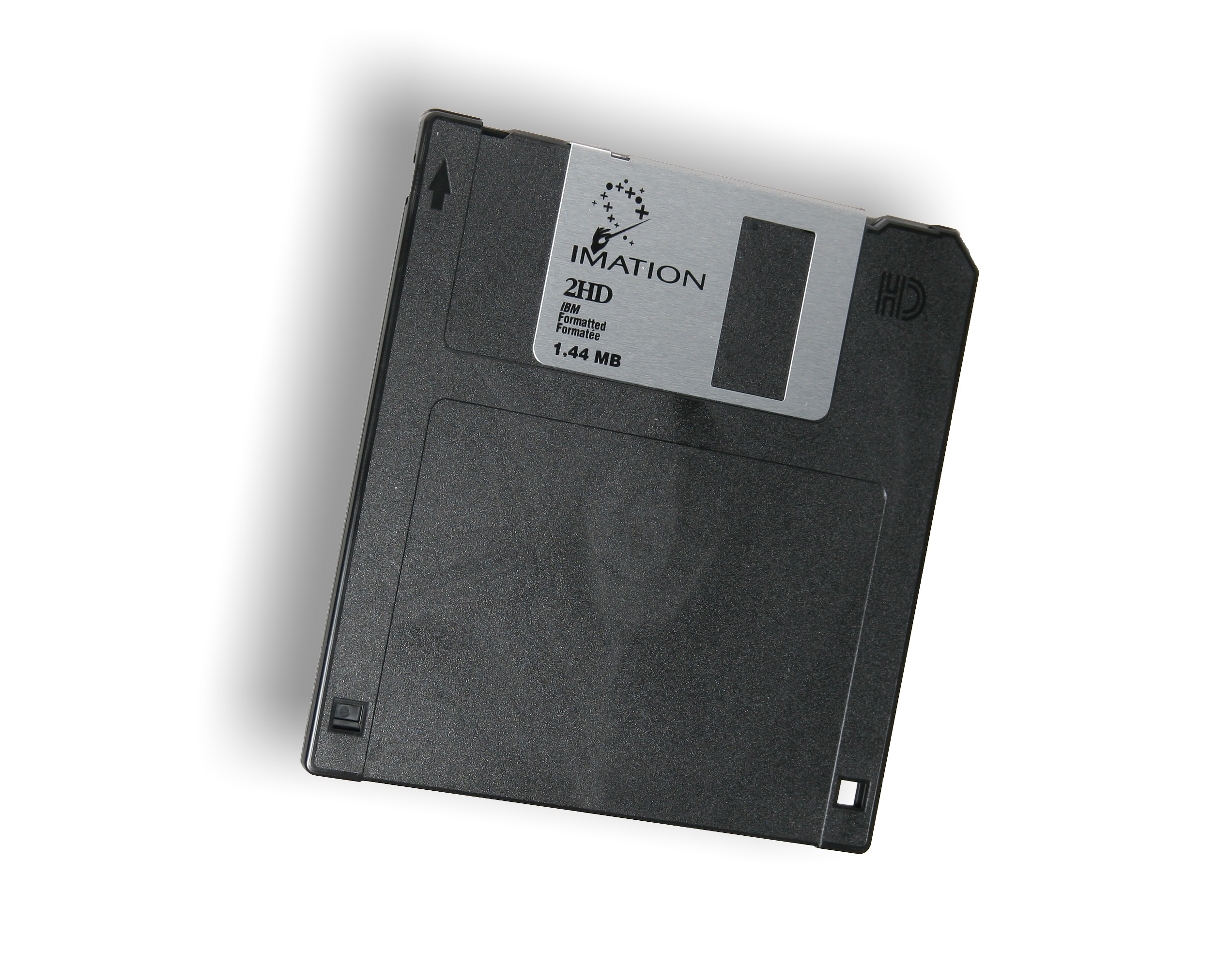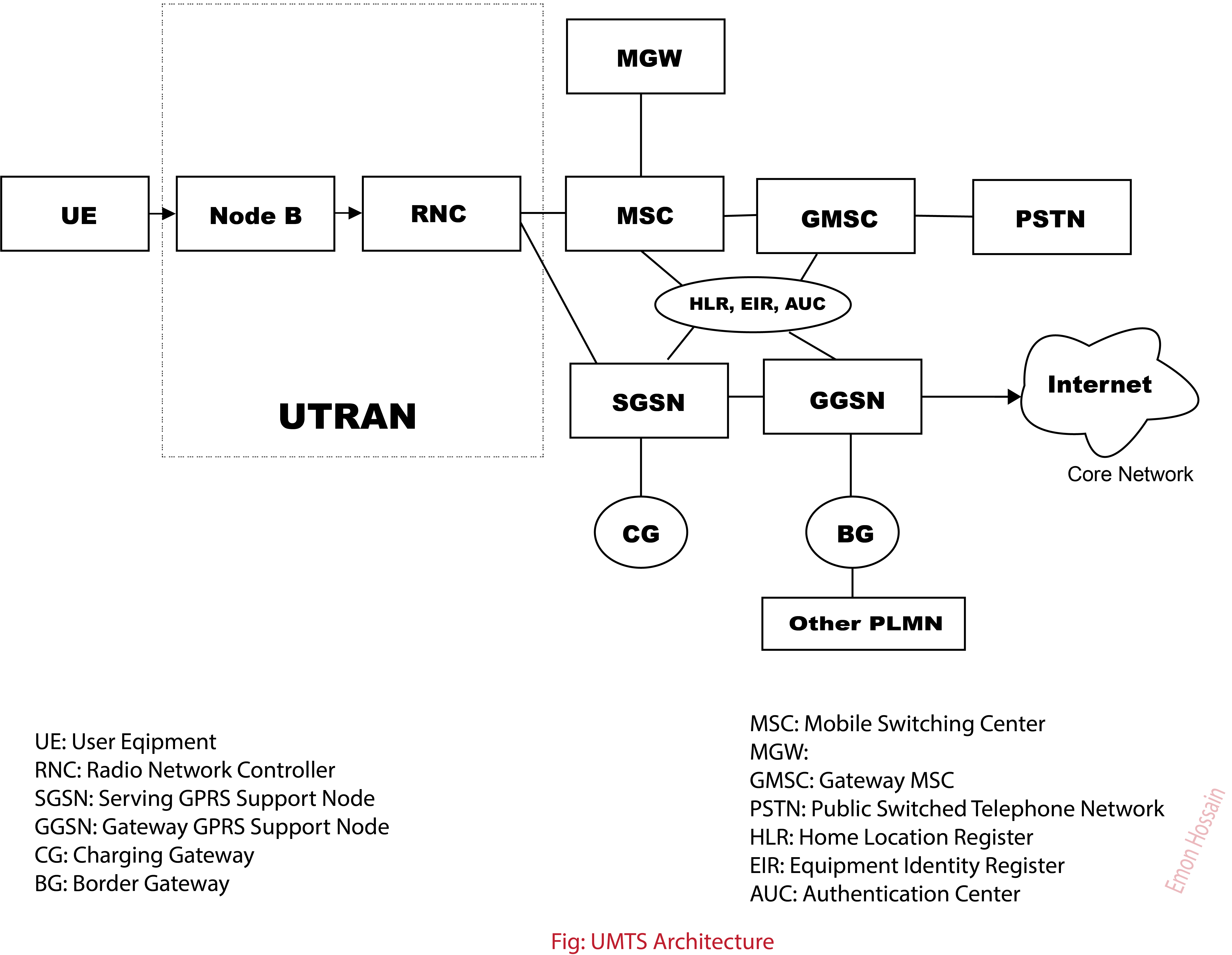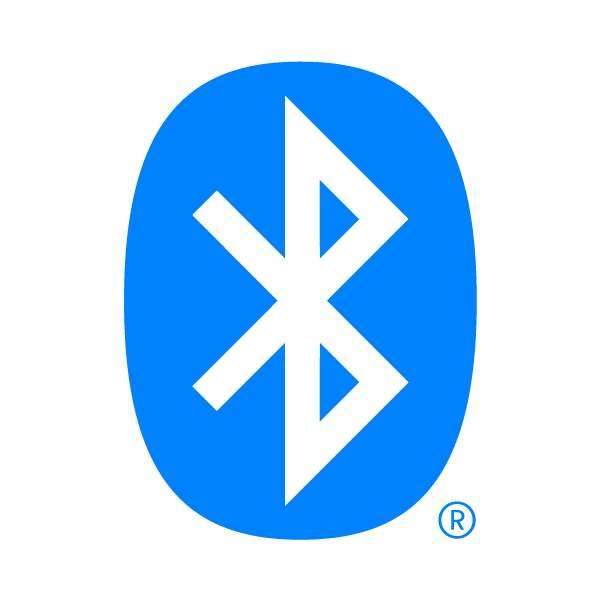|
LG Trax (CU575) .
The LG CU575, also known as the Trax, is a GSM/UMTS mobile phone carried by AT&T Mobility. It is designed to run on AT&T's UMTS frequencies of 850 and 1900 MHz. The phone features a slim design similar to the Motorola RAZR series, and also features external music controls and a microSD memory card slot supporting cards up to 4 GB. The phone is a replacement for the LG CU500 The LG CU500 is a mobile phone manufactured by LG and was released in December 2006. It was LG Group's first cell phone in the United States to include HSDPA capability, and also the first cell phone to work with Cingular's HSDPA network. References External links LG Trax Product Page {{LG phones [...More Info...] [...Related Items...] OR: [Wikipedia] [Google] [Baidu] |
LG Electronics
LG Electronics Inc. () is a South Korean multinational electronics company headquartered in Yeouido-dong, Seoul, South Korea. LG Electronics is a part of LG Corporation, the fourth largest ''chaebol'' in South Korea, and often considered as the pinnacle of LG Corp with the group's chemical and battery division LG Chem. It comprises four business units: home entertainment, mobile communications, home appliances & air solutions, and vehicle components. LG Electronics acquired Zenith in 1995 and the largest shareholder of LG Display, world's largest display company by revenue in 2020. LG Electronics is also the world's second largest TV manufacturer behind Samsung Electronics. The company has 128 operations worldwide, employing 83,000 people. History 1958–1960s In 1958, LG Electronics was founded as ''GoldStar'' (). It was established in the aftermath of the Korean War to provide the rebuilding nation with domestically produced consumer electronics and home applianc ... [...More Info...] [...Related Items...] OR: [Wikipedia] [Google] [Baidu] |
AT&T Mobility
AT&T Mobility LLC, also known as AT&T Wireless and Trade name, marketed as simply AT&T, is an American telecommunications company. It is a wholly owned subsidiary of AT&T, AT&T Inc. and provides wireless services in the United States. AT&T Mobility is the List of United States wireless communications service providers, third-largest wireless carrier in the United States, with 101.6 million subscribers as of the end of Q1 2022. The company is headquartered in Brookhaven, Georgia. Originally known as Cingular Wireless (a joint venture between SBC Communications and BellSouth) from 2000 to 2007, the company acquired the old AT&T Wireless Services, AT&T Wireless in 2004; SBC later acquired AT&T Corporation, the original AT&T and adopted its name. Cingular became wholly owned by AT&T in December 2006 as a result of AT&T's Mergers and acquisitions, acquisition of BellSouth. In January 2007, Cingular confirmed it would rebrand itself under the AT&T name. Although the legal corporate n ... [...More Info...] [...Related Items...] OR: [Wikipedia] [Google] [Baidu] |
Megapixel
In digital imaging, a pixel (abbreviated px), pel, or picture element is the smallest addressable element in a raster image, or the smallest point in an all points addressable display device. In most digital display devices, pixels are the smallest element that can be manipulated through software. Each pixel is a sample of an original image; more samples typically provide more accurate representations of the original. The intensity of each pixel is variable. In color imaging systems, a color is typically represented by three or four component intensities such as red, green, and blue, or cyan, magenta, yellow, and black. In some contexts (such as descriptions of camera sensors), ''pixel'' refers to a single scalar element of a multi-component representation (called a ''photosite'' in the camera sensor context, although '' sensel'' is sometimes used), while in yet other contexts (like MRI) it may refer to a set of component intensities for a spatial position. Etymology ... [...More Info...] [...Related Items...] OR: [Wikipedia] [Google] [Baidu] |
TFT LCD
A thin-film-transistor liquid-crystal display (TFT LCD) is a variant of a liquid-crystal display that uses thin-film-transistor technology to improve image qualities such as addressability and contrast. A TFT LCD is an active matrix LCD, in contrast to passive matrix LCDs or simple, direct-driven (i.e. with segments directly connected to electronics outside the LCD) LCDs with a few segments. TFT LCDs are used in appliances including television sets, computer monitors, mobile phones, handheld devices, video game systems, personal digital assistants, navigation systems, projectors, and dashboards in automobiles. History In February 1957, John Wallmark of RCA filed a patent for a thin film MOSFET. Paul K. Weimer, also of RCA implemented Wallmark's ideas and developed the thin-film transistor (TFT) in 1962, a type of MOSFET distinct from the standard bulk MOSFET. It was made with thin films of cadmium selenide and cadmium sulfide. The idea of a TFT-based liquid-crystal disp ... [...More Info...] [...Related Items...] OR: [Wikipedia] [Google] [Baidu] |
Megabyte
The megabyte is a multiple of the unit byte for digital information. Its recommended unit symbol is MB. The unit prefix ''mega'' is a multiplier of (106) in the International System of Units (SI). Therefore, one megabyte is one million bytes of information. This definition has been incorporated into the International System of Quantities. In the computer and information technology fields, other definitions have been used that arose for historical reasons of convenience. A common usage has been to designate one megabyte as (220 B), a quantity that conveniently expresses the binary architecture of digital computer memory. The standards bodies have deprecated this usage of the megabyte in favor of a new set of binary prefixes, in which this quantity is designated by the unit mebibyte (MiB). Definitions The unit megabyte is commonly used for 10002 (one million) bytes or 10242 bytes. The interpretation of using base 1024 originated as technical jargon for the byte multiples that ... [...More Info...] [...Related Items...] OR: [Wikipedia] [Google] [Baidu] |
MicroSD
Secure Digital, officially abbreviated as SD, is a proprietary non-volatile flash memory card format developed by the SD Association (SDA) for use in portable devices. The standard was introduced in August 1999 by joint efforts between SanDisk, Panasonic (Matsushita) and Toshiba as an improvement over MultiMediaCards (MMCs), and has become the industry standard. The three companies formed SD-3C, LLC, a company that licenses and enforces intellectual property rights associated with SD memory cards and SD host and ancillary products. The companies also formed the SD Association (SDA), a non-profit organization, in January 2000 to promote and create SD Card standards. SDA today has about 1,000 member companies. The SDA uses several trademarked logos owned and licensed by SD-3C to enforce compliance with its specifications and assure users of compatibility. History 1999–2003: Creation In 1999, SanDisk, Panasonic (Matsushita), and Toshiba agreed to develop and mark ... [...More Info...] [...Related Items...] OR: [Wikipedia] [Google] [Baidu] |
GPRS
General Packet Radio Service (GPRS) is a packet oriented mobile data standard on the 2G and 3G cellular communication network's global system for mobile communications (GSM). GPRS was established by European Telecommunications Standards Institute (ETSI) in response to the earlier CDPD and i-mode packet-switched cellular technologies. It is now maintained by the 3rd Generation Partnership Project (3GPP). GPRS is typically sold according to the total volume of data transferred during the billing cycle, in contrast with circuit switched data, which is usually billed per minute of connection time, or sometimes by one-third minute increments. Usage above the GPRS bundled data cap may be charged per MB of data, speed limited, or disallowed. GPRS is a best-effort service, implying variable throughput and latency that depend on the number of other users sharing the service concurrently, as opposed to circuit switching, where a certain quality of service (QoS) is guaranteed ... [...More Info...] [...Related Items...] OR: [Wikipedia] [Google] [Baidu] |
WCDMA
The Universal Mobile Telecommunications System (UMTS) is a third generation mobile cellular system for networks based on the GSM standard. Developed and maintained by the 3GPP (3rd Generation Partnership Project), UMTS is a component of the International Telecommunication Union IMT-2000 standard set and compares with the CDMA2000 standard set for networks based on the competing cdmaOne technology. UMTS uses wideband code-division multiple access ( W-CDMA) radio access technology to offer greater spectral efficiency and bandwidth to mobile network operators. UMTS specifies a complete network system, which includes the radio access network ( UMTS Terrestrial Radio Access Network, or UTRAN), the core network ( Mobile Application Part, or MAP) and the authentication of users via SIM ( subscriber identity module) cards. The technology described in UMTS is sometimes also referred to as Freedom of Mobile Multimedia Access (FOMA) or 3GSM. Unlike EDGE (IMT Single-Carrier, base ... [...More Info...] [...Related Items...] OR: [Wikipedia] [Google] [Baidu] |
HSDPA
High Speed Packet Access (HSPA) is an amalgamation of two mobile protocols—High Speed Downlink Packet Access (HSDPA) and High Speed Uplink Packet Access (HSUPA)—that extends and improves the performance of existing 3G mobile telecommunication networks using the WCDMA protocols. A further-improved 3GPP standard called Evolved High Speed Packet Access (also known as HSPA+) was released late in 2008, with subsequent worldwide adoption beginning in 2010. The newer standard allows bit rates to reach as high as 337 Mbit/s in the downlink and 34 Mbit/s in the uplink; however, these speeds are rarely achieved in practice. Overview The first HSPA specifications supported increased peak data rates of up to 14 Mbit/s in the downlink and 5.76 Mbit/s in the uplink. They also reduced latency and provided up to five times more system capacity in the downlink and up to twice as much system capacity in the uplink compared with original WCDMA protocol. High Speed ... [...More Info...] [...Related Items...] OR: [Wikipedia] [Google] [Baidu] |
UMTS
The Universal Mobile Telecommunications System (UMTS) is a third generation mobile cellular system for networks based on the GSM standard. Developed and maintained by the 3GPP (3rd Generation Partnership Project), UMTS is a component of the International Telecommunication Union IMT-2000 standard set and compares with the CDMA2000 standard set for networks based on the competing cdmaOne technology. UMTS uses wideband code-division multiple access (W-CDMA) radio access technology to offer greater spectral efficiency and bandwidth to mobile network operators. UMTS specifies a complete network system, which includes the radio access network ( UMTS Terrestrial Radio Access Network, or UTRAN), the core network ( Mobile Application Part, or MAP) and the authentication of users via SIM ( subscriber identity module) cards. The technology described in UMTS is sometimes also referred to as Freedom of Mobile Multimedia Access (FOMA) or 3GSM. Unlike EDGE (IMT Single-Carrier, based o ... [...More Info...] [...Related Items...] OR: [Wikipedia] [Google] [Baidu] |
Bluetooth
Bluetooth is a short-range wireless technology standard that is used for exchanging data between fixed and mobile devices over short distances and building personal area networks (PANs). In the most widely used mode, transmission power is limited to 2.5 milliwatts, giving it a very short range of up to . It employs Ultra high frequency, UHF radio waves in the ISM bands, from 2.402GHz to 2.48GHz. It is mainly used as an alternative to wire connections, to exchange files between nearby portable devices and connect cell phones and music players with wireless headphones. Bluetooth is managed by the Bluetooth Special Interest Group (SIG), which has more than 35,000 member companies in the areas of telecommunication, computing, networking, and consumer electronics. The Institute of Electrical and Electronics Engineers, IEEE standardized Bluetooth as IEEE 802.15.1, but no longer maintains the standard. The Bluetooth SIG oversees development of the specification, manages the qualificat ... [...More Info...] [...Related Items...] OR: [Wikipedia] [Google] [Baidu] |





